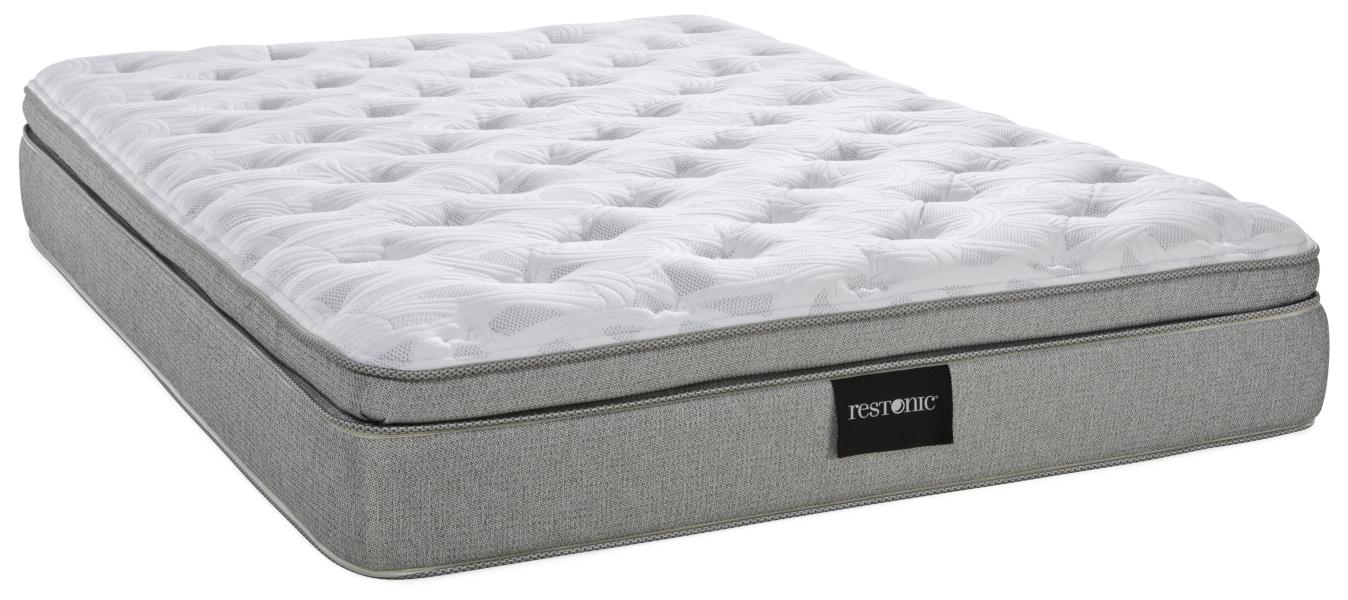If you've noticed a musty smell coming from your bathroom sink drain or black spots starting to form, chances are you have a mildew problem. Mildew, a type of fungus that thrives in damp and humid environments, is a common household issue that can be found in various areas of the home, including the bathroom sink drain. In this article, we will discuss the top 10 ways to deal with mildew in your bathroom sink drain. Mildew in Bathroom Sink Drain: A Common Household Problem
Mildew not only looks unsightly, but it can also cause health issues for you and your family. Breathing in mildew spores can lead to respiratory problems, allergies, and other health concerns. Additionally, mildew can also cause damage to your sink drain, leading to clogs and even pipe corrosion. That's why it's crucial to address mildew in your bathroom sink drain as soon as you notice it. Mildew Removal in Bathroom Sink Drain: Why It's Important
When it comes to removing mildew from your bathroom sink drain, using a specialized cleaner is your best bet. Look for a cleaner specifically designed to combat mildew and follow the instructions carefully. Some cleaners may require you to let the product sit for a certain amount of time before rinsing, while others may recommend scrubbing or using a brush for tougher stains. Always wear gloves and make sure the area is well-ventilated when using any cleaning products. Bathroom Sink Drain Mildew Cleaner: The Key to Getting Rid of Mildew
If you prefer a more natural approach, there are several DIY solutions that can effectively remove mildew from your bathroom sink drain. One popular option is a mixture of baking soda and vinegar. Simply pour a cup of baking soda down the drain, followed by a cup of vinegar. Let it sit for 15 minutes, then run hot water down the drain to flush out the mixture. Another option is to use a mixture of hydrogen peroxide and water, spraying it onto the affected areas and letting it sit for 30 minutes before rinsing. How to Get Rid of Mildew in Bathroom Sink Drain: DIY Solutions
To prevent mildew from growing in your bathroom sink drain in the first place, there are a few simple steps you can take. First, make sure to keep your sink and drain area clean and dry. Wipe down the sink and surrounding areas after each use. You can also regularly pour boiling water down the drain to kill any potential mildew spores. Additionally, using a mildew-resistant drain cover or keeping a dehumidifier in your bathroom can also help prevent mildew growth. Preventing Mildew in Bathroom Sink Drain: Tips and Tricks
If you're dealing with recurring mildew in your bathroom sink drain, investing in a mildew-resistant drain may be the solution you're looking for. These drains are made with materials that are less prone to mildew growth, such as stainless steel or brass. Additionally, they often come with a built-in anti-microbial coating to prevent the growth of bacteria and fungi. While these drains may come at a higher cost, they can save you time and effort in the long run. Mildew Resistant Bathroom Sink Drain: An Effective Long-Term Solution
Aside from the DIY solutions mentioned earlier, there are other natural remedies you can try to get rid of mildew in your bathroom sink drain. Tea tree oil, known for its antifungal properties, can be mixed with water and sprayed onto the affected areas. You can also make a paste using lemon juice and salt and apply it to the mildew, letting it sit for 30 minutes before rinsing. These natural remedies can be just as effective as commercial cleaners, but they may require more frequent use. Natural Remedies for Mildew in Bathroom Sink Drain: Alternative Solutions
To effectively combat mildew in your bathroom sink drain, it's essential to understand what causes it in the first place. As mentioned earlier, mildew thrives in damp and humid environments, making your bathroom sink drain the perfect breeding ground. Other contributing factors may include poor ventilation, leaky pipes, and not properly drying the sink and surrounding areas. By addressing these underlying issues, you can prevent mildew from coming back. Mildew in Bathroom Sink Drain Causes: Understanding the Root of the Problem
While there are various ways to deal with mildew in your bathroom sink drain, sometimes it's best to leave it to the professionals. If you've tried multiple methods and the mildew persists or your sink drain is severely clogged, it's time to call in a plumber. They can effectively remove the mildew and address any underlying issues, ensuring that the problem doesn't come back. DIY Mildew Removal for Bathroom Sink Drain: When to Call a Professional
With so many options available, it can be overwhelming to choose the right product for removing mildew in your bathroom sink drain. That's why we've compiled a list of our top picks for the best products on the market. These include trusted brands and highly-rated products that are proven to effectively remove mildew and prevent it from coming back. With these products, you can say goodbye to mildew in your bathroom sink drain for good. Best Products for Removing Mildew in Bathroom Sink Drain: Our Top Picks
Mildew in Bathroom Sink Drain: Causes and Solutions

The Problem with Mildew
 Mildew in the bathroom sink drain is a common problem that many homeowners face. It not only looks unsightly, but it can also cause unpleasant odors and affect the overall cleanliness of your bathroom. Mildew is a type of fungus that thrives in warm and damp environments, making your bathroom sink drain the perfect breeding ground. If left untreated, mildew can spread and cause damage to your pipes and plumbing system. It is important to address this issue promptly to maintain a clean and hygienic bathroom.
Mildew in the bathroom sink drain is a common problem that many homeowners face. It not only looks unsightly, but it can also cause unpleasant odors and affect the overall cleanliness of your bathroom. Mildew is a type of fungus that thrives in warm and damp environments, making your bathroom sink drain the perfect breeding ground. If left untreated, mildew can spread and cause damage to your pipes and plumbing system. It is important to address this issue promptly to maintain a clean and hygienic bathroom.
Causes of Mildew in Bathroom Sink Drain
 Mildew in the bathroom sink drain is mainly caused by moisture and lack of proper ventilation. When you use your sink, water and soap scum can accumulate in the drain, creating the perfect environment for mildew to grow. This is especially true for sinks that are not frequently used or have slow drainage. Additionally, if your bathroom does not have proper ventilation, the moisture from showering and other activities can also contribute to the growth of mildew in the sink drain.
Mildew in the bathroom sink drain is mainly caused by moisture and lack of proper ventilation. When you use your sink, water and soap scum can accumulate in the drain, creating the perfect environment for mildew to grow. This is especially true for sinks that are not frequently used or have slow drainage. Additionally, if your bathroom does not have proper ventilation, the moisture from showering and other activities can also contribute to the growth of mildew in the sink drain.
Solutions for Mildew in Bathroom Sink Drain
 Thankfully, there are several solutions to combat mildew in your bathroom sink drain. The first step is to thoroughly clean the drain and remove any visible mildew. You can use a mixture of
white vinegar and baking soda
to create a natural cleaning solution. Let it sit in the drain for a few minutes before rinsing it with hot water. You can also use a
mold and mildew cleaner
specifically designed for bathroom surfaces.
To prevent mildew from coming back, it is important to keep your bathroom well-ventilated. Open a window or turn on the fan while showering to reduce the moisture levels. You can also invest in a
dehumidifier
to help regulate the humidity in your bathroom. Another helpful tip is to regularly pour boiling water down your sink drain to help flush out any accumulated debris and prevent mildew growth.
Thankfully, there are several solutions to combat mildew in your bathroom sink drain. The first step is to thoroughly clean the drain and remove any visible mildew. You can use a mixture of
white vinegar and baking soda
to create a natural cleaning solution. Let it sit in the drain for a few minutes before rinsing it with hot water. You can also use a
mold and mildew cleaner
specifically designed for bathroom surfaces.
To prevent mildew from coming back, it is important to keep your bathroom well-ventilated. Open a window or turn on the fan while showering to reduce the moisture levels. You can also invest in a
dehumidifier
to help regulate the humidity in your bathroom. Another helpful tip is to regularly pour boiling water down your sink drain to help flush out any accumulated debris and prevent mildew growth.
Conclusion
 Mildew in the bathroom sink drain is a common problem that can be easily resolved with proper cleaning and maintenance. By understanding the causes and implementing preventative measures, you can keep your bathroom sink drain free from mildew and maintain a clean and hygienic bathroom. Don't let mildew take over your sink drain, take action and keep your bathroom fresh and clean.
Mildew in the bathroom sink drain is a common problem that can be easily resolved with proper cleaning and maintenance. By understanding the causes and implementing preventative measures, you can keep your bathroom sink drain free from mildew and maintain a clean and hygienic bathroom. Don't let mildew take over your sink drain, take action and keep your bathroom fresh and clean.







:max_bytes(150000):strip_icc()/bathroom-sink-drain-installation-2718843-02-61e5ecbee1e949be8d8f45ac4f5a6797.jpg)












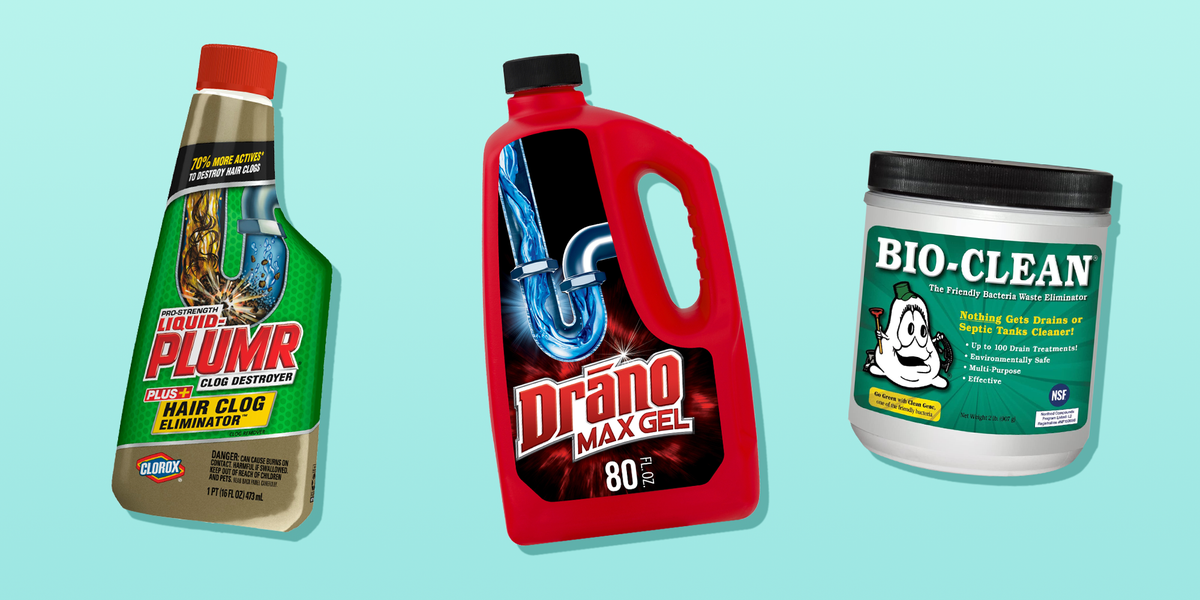


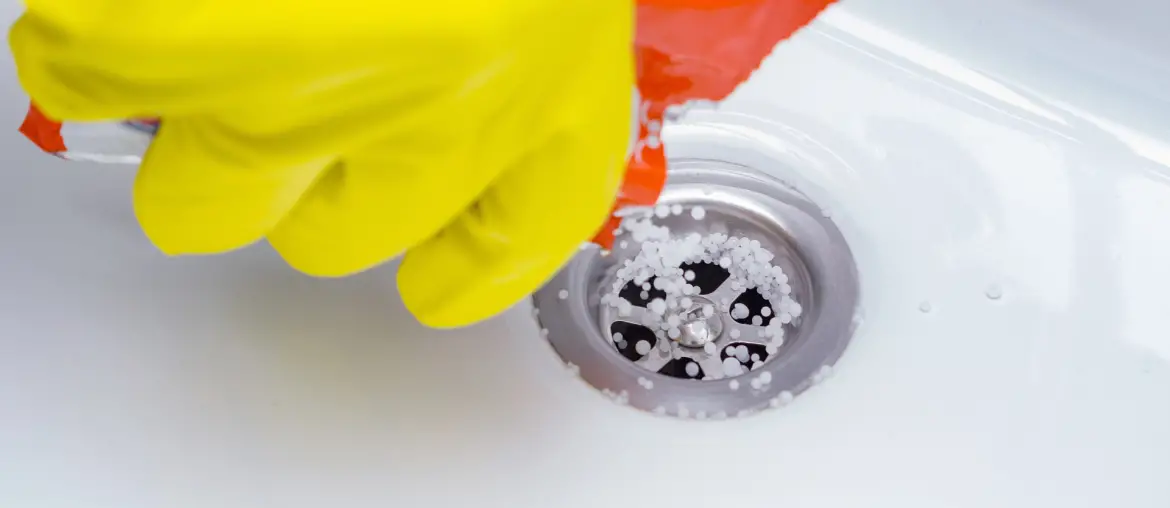


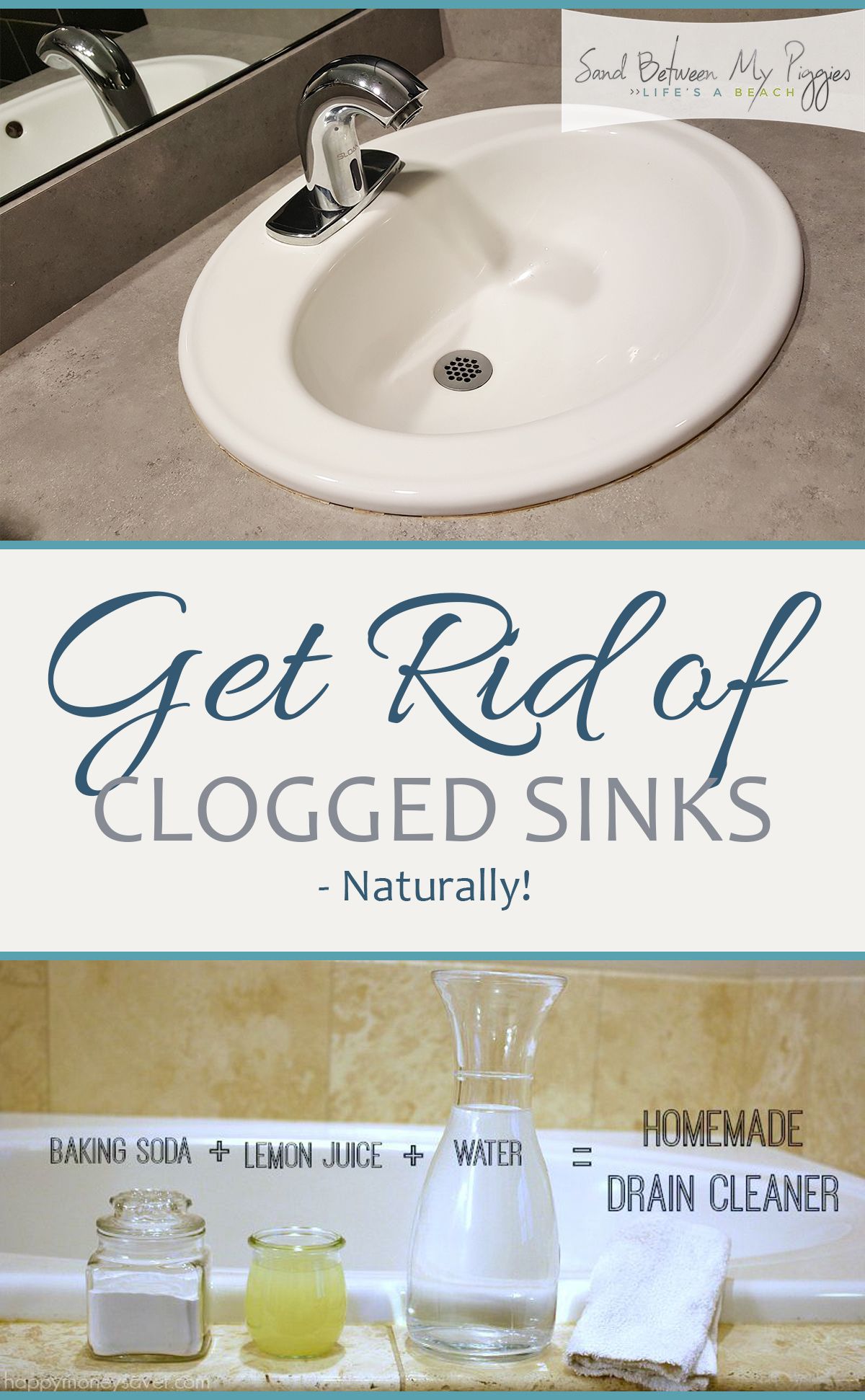


/Getting-rid-of-drain-flies-2656670-V1-1340ca9ec3a743cb95a366862a9961c1.png)

































